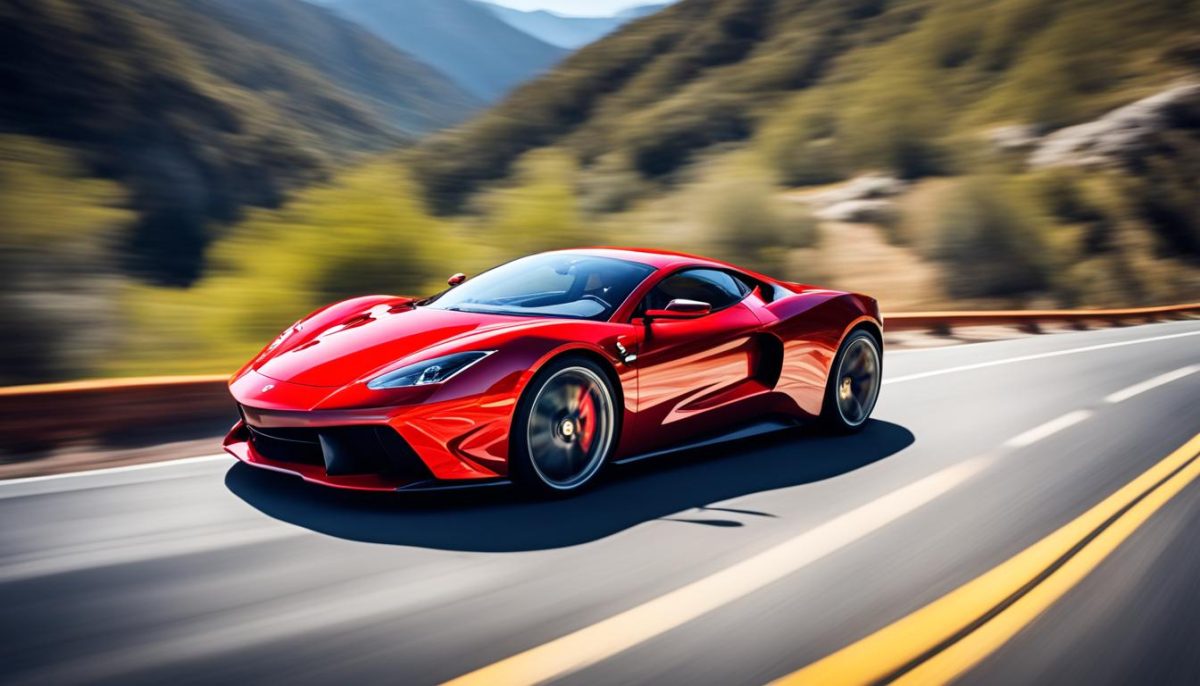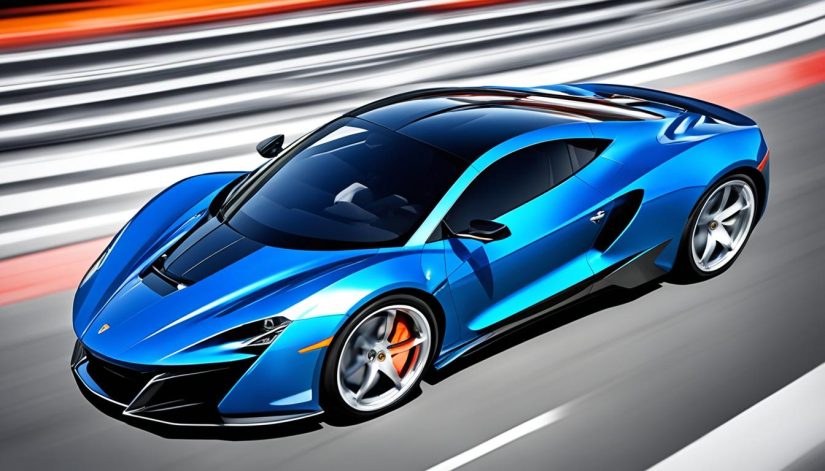Supercars are admired and revered for their exceptional speed and performance. One notable design feature that sets them apart from regular cars is the placement of the engine in the back. This design philosophy has been finely tuned over the years to optimize the performance and balance of these high-performance machines. In this article, we will explore the reasons behind why supercars are designed with engines in the back.
When you think of supercars like the iconic Porsche 911 or the Ferrari 488 GTB, you visualize their sleek silhouettes with the engine positioned at the rear. But why is this the preferred layout for these elite automobiles?
The benefits of having engines in the back of supercars are numerous. It significantly contributes to improved performance, stability, and handling. The weight distribution is more balanced, with a greater proportion of weight towards the rear, enhancing traction and overall control. This configuration allows the front wheels to have better steering capabilities, resulting in sharper cornering and increased agility.
Rear engine placement also has a profound impact on supercar design. It affects the aerodynamics, center of gravity, and overall vehicle dynamics. Engineers meticulously fine-tune the shape and contours of the car to ensure optimal airflow, reducing drag and enhancing downforce for better stability at high speeds.
While there are challenges involved in this design choice, such as managing heat dissipation and potential space constraints, engineers have developed innovative solutions to overcome these obstacles. Through continuous refinement and advancements in technology, supercar manufacturers have perfected the art of rear engine placement to deliver extraordinary driving experiences.
Join us in the upcoming sections as we delve deeper into the benefits of rear engine placement and its profound impact on supercar design. Gain a comprehensive understanding of the design philosophy that makes these vehicles the epitome of speed, power, and elegance.
The Benefits of Having Engines in the Back of Supercars
When it comes to designing supercars, one of the key choices that engineers make is the placement of the engine. While many cars have their engines in the front, supercars often feature engines positioned in the back. This unique design choice brings numerous benefits that contribute to the exceptional performance and handling that supercars are known for.

One of the primary advantages of having engines in the back of supercars is improved performance. With the weight of the engine over the rear wheels, supercars benefit from increased traction and acceleration. This allows them to launch off the line quickly, reaching high speeds in a matter of seconds.
In addition to enhanced performance, the rear engine placement also improves stability. By placing the heavy engine towards the rear of the car, supercars have a lower center of gravity, reducing body roll and improving cornering capabilities. This design choice gives drivers more confidence in tight turns and provides a thrilling driving experience.
Furthermore, having engines in the back contributes to better weight distribution. With the majority of the vehicle’s weight towards the rear, supercars achieve a more balanced weight distribution between the front and rear axles. This balanced weight distribution improves overall handling, allowing for sharper and more precise steering response.
Overall, the placement of engines in the back of supercars offers numerous benefits that enhance performance, stability, and handling. From improved traction and acceleration to better weight distribution and stability, this design choice plays a pivotal role in creating the exhilarating driving experience that supercars deliver.
The Impact of Rear Engine Placement on Supercar Design
Supercar design is a meticulous and precise art form that aims to optimize performance in every aspect. One key element that significantly influences the design of these automotive marvels is the placement of the engine. Rear engine placement, although unconventional in the realm of traditional car designs, is a strategic choice that has a profound impact on the overall performance of a supercar.
When the engine is positioned at the rear, it affects various crucial aspects of the vehicle’s design. For instance, aerodynamics play a vital role in supercar performance, and the rear engine placement allows for better streamline and airflow management. This not only enhances the car’s top speed, but it also improves stability and handling, resulting in a more dynamic driving experience.
Another significant benefit of rear engine placement is its impact on the center of gravity. With the heavy engine located towards the rear, the center of gravity shifts towards the back of the car. This configuration offers better weight distribution, allowing for increased traction and improved cornering capabilities. As a result, the rear-engine layout contributes to the optimized performance and control that supercar enthusiasts crave.
However, the rear engine placement also presents unique challenges in supercar design. The increased weight over the rear axle can lead to oversteer, making the car more prone to losing traction and slipping. Manufacturers have tackled this issue through innovative engineering solutions, such as incorporating sophisticated traction control systems and advanced electronic stability programs. These technological advancements help mitigate the challenges associated with rear engine placement, ensuring the supercar’s performance remains uncompromised.

